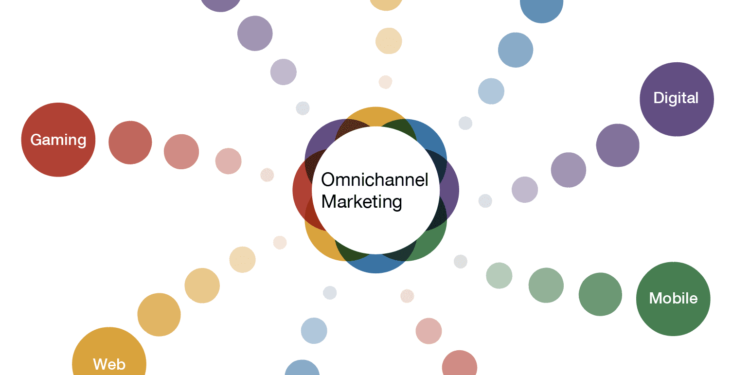Nowadays, if you want to reach out to the customer service of any brand, there will be most likely two or more communication channels through which you can reach out to them. That is fascinating because then you as a customer can communicate with them through your preferred communication channel. This is a multi-channel approach. But imagine this; a customer had an interaction with a support agent through email. A while later, he receives a call from the same company, and the support agent behind the call wants to help the customer deal with the same issue that he discussed in the email. The support agents behind the email and phone calls are two different agents, but the agent behind the phone call was aware of all your interactions with the agent on email. How is that possible? This phenomenon is called the omnichannel approach where all the communication channels are connected in such a way that agents across all channels are synchronized about their customers’ issues.
An example of the omnichannel approach can also be taken from Xfinity customer service which has several communication mediums through which customers can reach out regarding Xfinity internet services such as Live chat from the Xfinity website, Xfinity Facebook and Twitter pages, etc. Having a number of mediums is not the omnichannel approach, but rather the fact that all these channels are connected, and customer support reps working behind the Xfinity Facebook can have information on what kind of conversation did a particular customer have with the customer support reps working behind the Xfinity Twitter page. Hence, such an organized approach is essential for communication with the customers, and we will explore what benefits it has in this article.
Benefits of Omnichannel Approach
The following are the benefits of the omnichannel approach;
Seamless Customer Experience. When you integrate and centralize customers’ data across all channels, their individual needs are catered to seamlessly. Whatever channel the customer uses becomes the voice of the brand for this customer. It leads to improved quality of customer engagement with the brand across various channels. Also, it saves the bandwidth of your support team by promoting faster response times.
Better Customer Retention. If aligned well with your brand’s marketing strategy, the omnichannel approach can yield surprising results for your brand. The omnichannel approach integrates online and offline methods to provide personalized experiences to customers. For instance, in-app functions allow brands to learn about customers’ preferences so that they can be nudged towards products or services that they would like. With the help of an omnichannel approach, brands can engage with their customers meaningfully by offering rewards or discounts to keep them coming back.
Improved Customer Data. The omnichannel approach allows you to explore the customers’ preferences about their products and services. This can uncover a lot of information and insight which are highly relevant to your business. As a result, your brand can make data-driven steps and processes happen just so the customers keep coming back for your brand’s products and services.
Cater to a Wide Range of Audience. If your brand is limited only to a few or certain platforms or communication channels, then you are missing out on a chance to engage with a wide range of audiences. Addressing your customers’ concerns promptly and not ignoring them can prevent your brand from losing customers. Stats say that customers are more likely to stick to a brand that responds to their queries and feedback on social media channels promptly. Social media is now one of the go-to communication channels that customers prefer for raising requests and posting reviews due to increased usage by the majority of the customers. Hence, brands can have access to a wide audience, if they start using and activating multiple social media platforms for communication with their customers.
Improved Customer Satisfaction. Brands that have an omnichannel strategy are known to have experienced greater customer retention and satisfaction than brands that do not have the same strategy. Such an approach only aims to make it easy for customers to reach out to the brand for any help regarding their products or services. Customers find it easier to interact with brands when there is reduced effort, dependency, and time across all interactions with the brands.
Final Thoughts
The most important factor that customers notice when communicating with the brand is how convenient it was for them to reach out and have their issues resolved. Without the omnichannel approach, customers would need to make extra efforts towards having their issues resolved.















